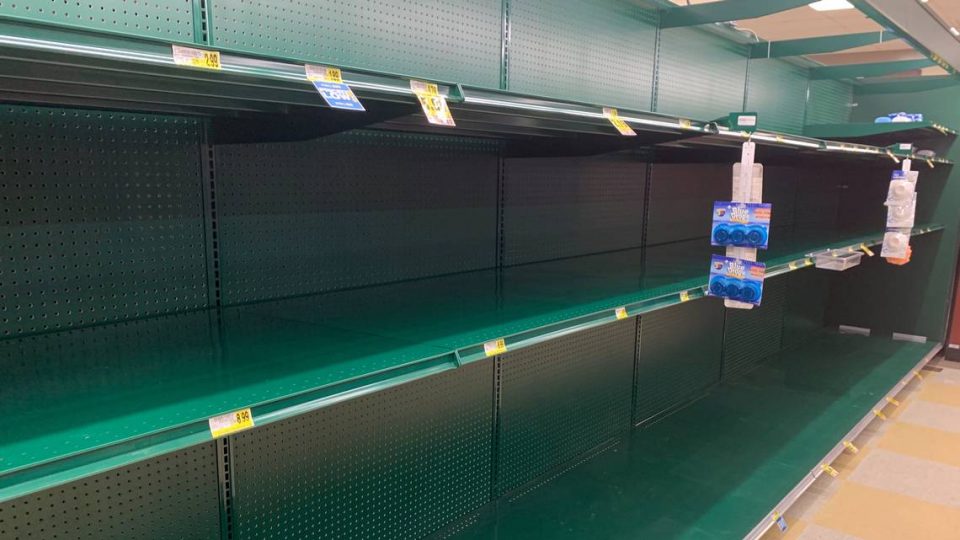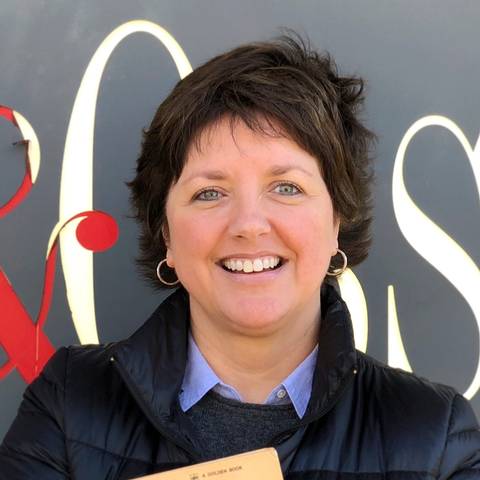Worried about the empty shelves in grocery stores?
We shouldn’t be, experts say. We just need to be a little patient.
“The supply chain is stressed, but not broken,” Doug Baker, the vice president of industry relations FMI Food Industry Association, told The News & Observer. “It’s a demand issue, not a supply chain issue.”
Baker compared what’s happening in stores now to supply issues we might see during a natural disaster, when roads might be shut down. He says we’re in much better shape now, even under the weight of the COVID-19 pandemic.
“We have stress in the supply chain, but none of those breakdowns” you might see after a hurricane or earthquake, he said. “The machines are running, trucks are on the road and employees are getting inventory out.”
Even when stores seem barren of essentials like rice, dry beans, eggs and yes, toilet paper, the products usually show up again within a day or two.
One reason is because most manufacturers carry a “safety stock,” Baker said.
It’s usually a one to three month stock, depending on the category, Baker said. But consumers are just buying up that stock very quickly.
“If you take some of the most sensitive categories, ones getting hit the hardest, much of the safety stock was sold in 10 to 14 days,” Baker said, instead of the normal one to three month time frame.
“The good news is that we had it,” he said. “And now machines are producing more stock as quickly as they can, and it’s hitting the road daily and getting out into stores.”
Take a breath, don’t overbuy
Greg Ferrara, president of the National Grocers Association, said essentially the same thing in a recent interview on PBS’ “NewsHour.”
“There’s plenty of food in the pipeline. We’re getting to the shelves quickly. It’s just going off the shelves just as quickly as we get it on there.
“We just need time to catch up,” Ferrara said.
And if stores are not able to get as much as they want right away, Baker told us, it’s because some manufacturers allocate supplies to retailers, so that it can get across the country in an equitable manner.
Combine that with how fast people are snatching up those items, and that’s one reason we see empty shelves.
“Unfortunately, part of (the supply) doesn’t even make it to the shelves because it’s being purchased early in the day,” Baker said. “Toilet paper, paper towels, bleach — in some instances, the retailers bring the pallet out and customers get it, so the shelf remains empty.”
‘We’re not going to run out of food’
Baker noted that we have an abundance of food in America, and on top of that, our food exports have slowed due to the pandemic, so we have those reserves as well.
In addition, Baker said the grocery industry has created a relationship with the food service industry, in an effort to bring some of the unused supplies that would normally go to restaurants and fast food places into grocery stores.
“We are not going to run out of food,” Baker said. “And people shouldn’t worry about whether their store is going to close. We have a guarantee from the government that grocery stores and their employees are considered essential.”
If you bought too much, consider sharing
If you were freaking out a little when this first started (it’s OK, many of us did) and you purchased more than you need, Baker suggests sharing the bounty.
“Some customers were pantry loading because they didn’t know what they needed,” Baker said. “We encourage them not to return it, but to help their neighbors. Message your neighbors and see if they could use some supplies.”
Food banks are also in desperate need of food.
“Food banks get about 50 percent of their donations from grocery retail,” Baker said. “And that’s a significant problem when grocers are having their own challenges.”
Here’s more information on how you can help the Food Bank of Central and Eastern North Carolina.



